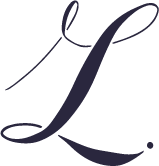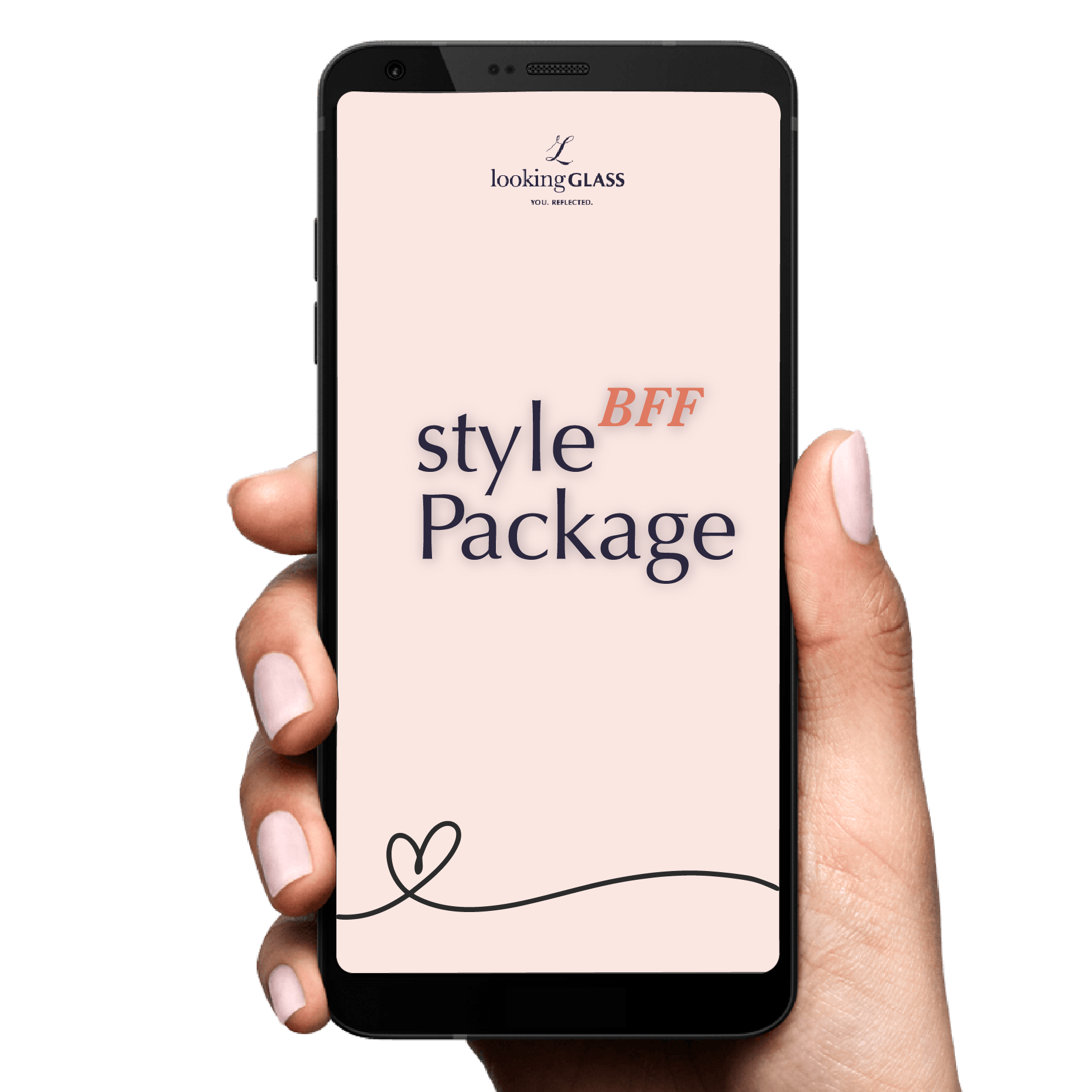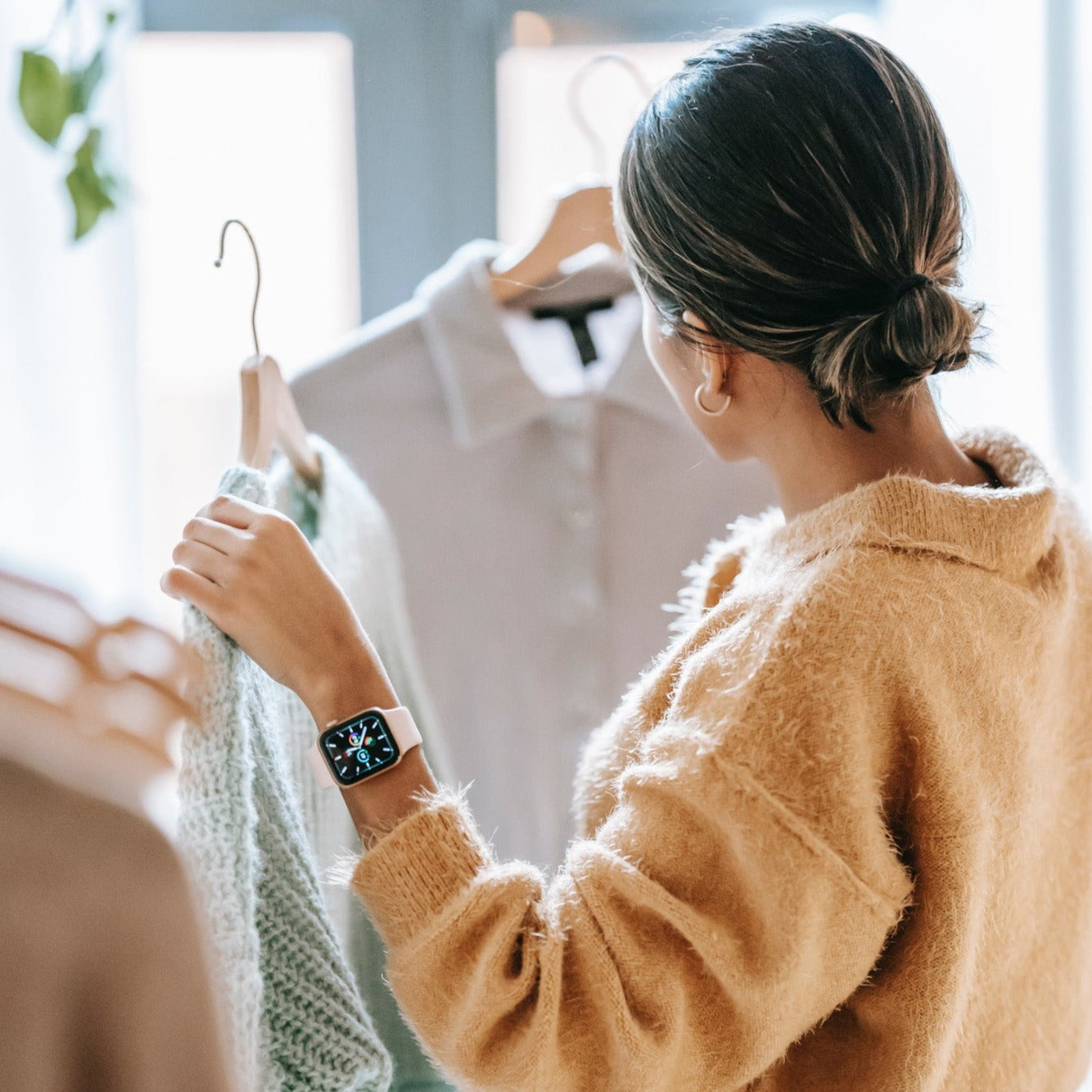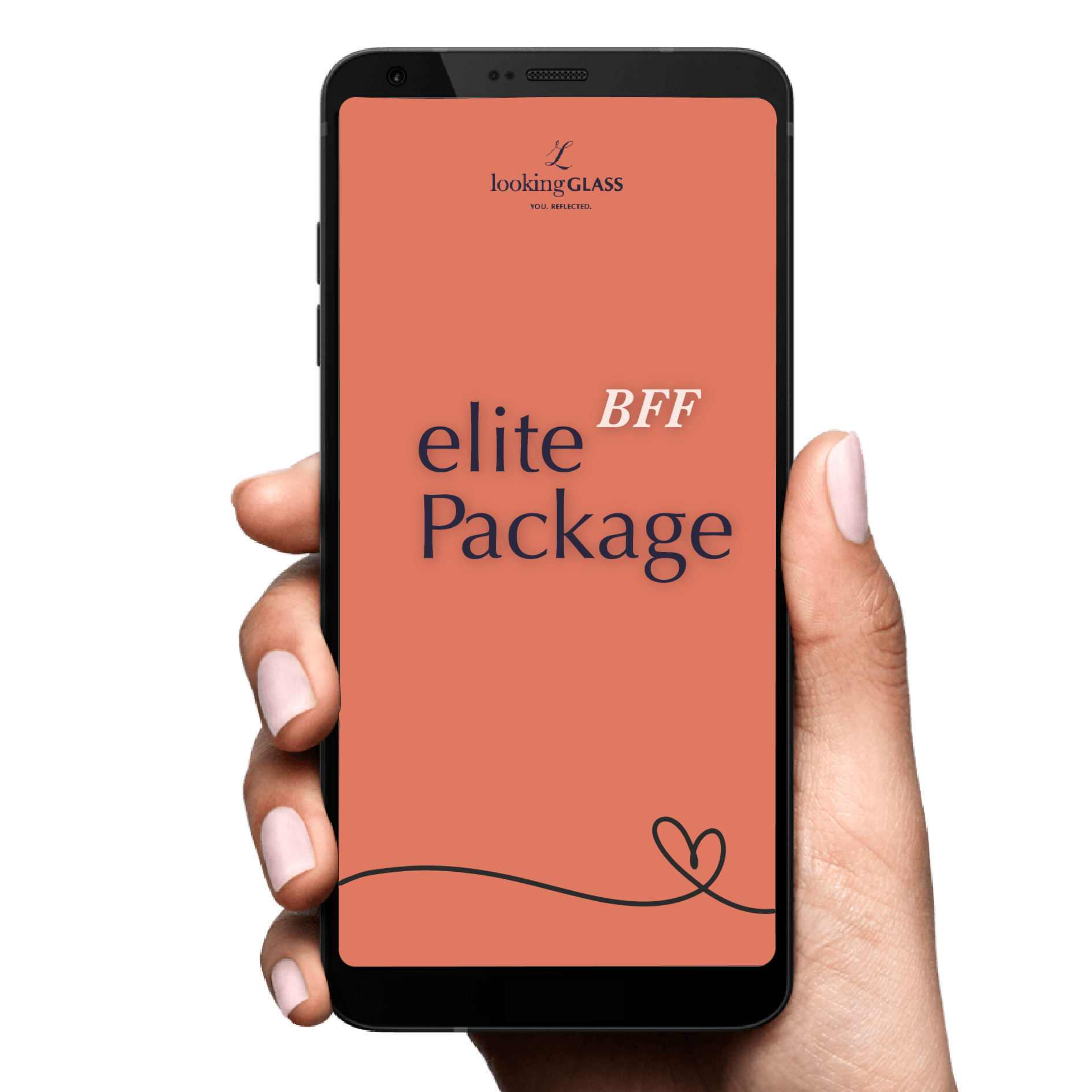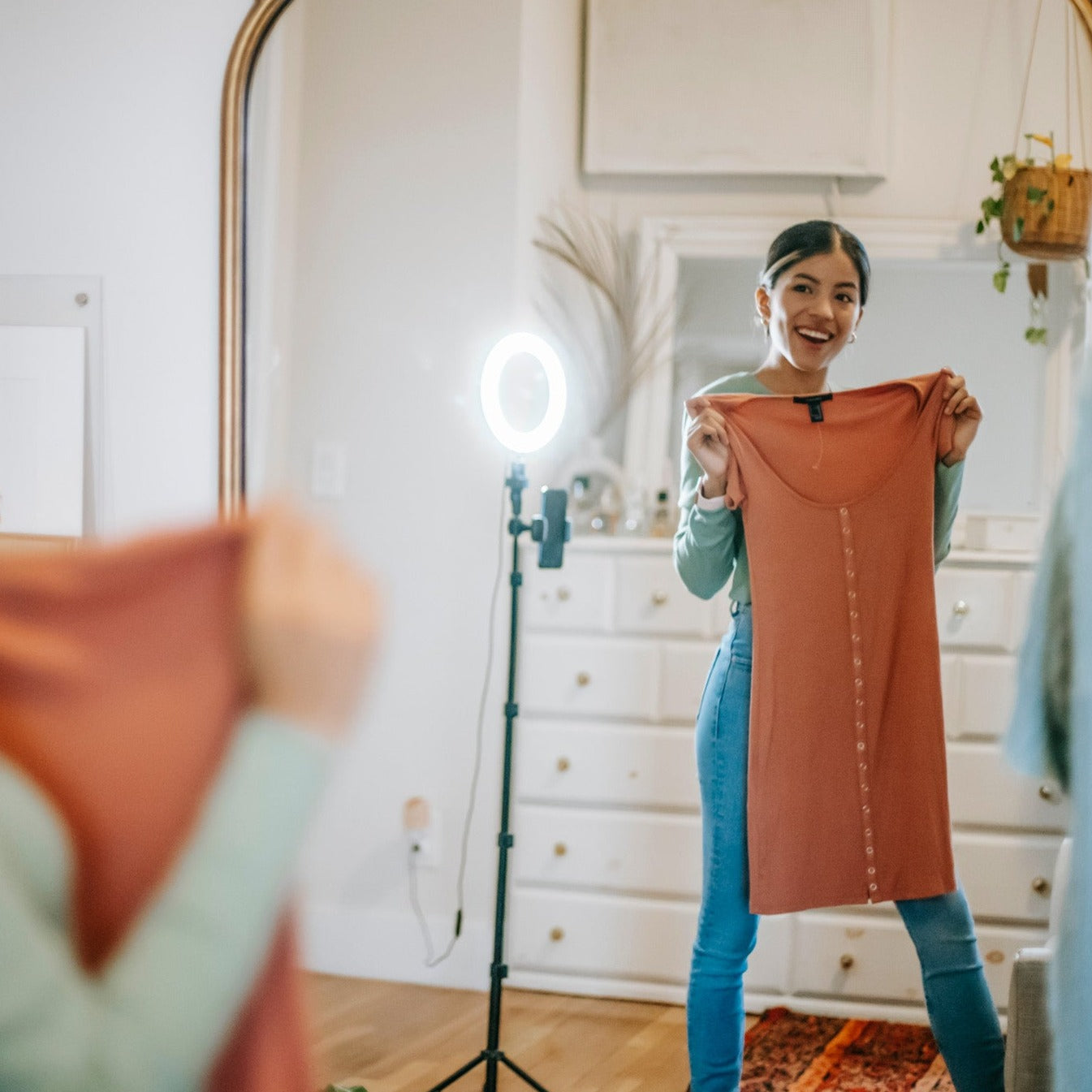Quick Listen:
The global apparel market, valued at $1.84 trillion in 2025 and representing 1.63% of the world's GDP, mirrors a dynamic shift in societal values. From sustainability to gender-neutral fashion, leader's wardrobes are evolving in step with cultural and economic forces. With the U.S. apparel market alone projected to reach $471.82 billion by 2032, the stakes for dressing strategically have never been higher. Let's explore how leaders are redefining their presence through fashion.
The Evolution of Leadership Style
The traditional navy suit, once a hallmark of C-suite authority, is giving way to a new standard: elevated business casual that blends professionalism with personality. This shift reflects a cultural push toward individuality, with 94% of people open to blending masculine and feminine styles, and half of Gen Z purchasing clothing outside their gender identity according to a Highsnobiety report. Leaders are embracing androgynous silhouettes, bold accessories, and versatile outfits that maintain polish while breaking from convention.
Sustainability is now a cornerstone of executive style. As consumers grow more conscious of fashion's environmental toll, leaders are expected to model ethical practices. The ethical fashion market, worth $8.58 billion in 2025 and projected to grow to $11.78 billion by 2032 at a 6.50% CAGR, is fueling demand for materials like organic cotton and recycled polyester. Executives are adopting capsule wardrobes carefully curated collections of high-quality, eco-friendly pieces designed for versatility in high-stakes settings. Companies are prioritizing renewable materials and transparent supply chains, setting a standard that leaders must follow.
Personal branding through fashion is another game-changer. A tech CEO might pair a structured jacket with sneakers to signal innovation, while a finance leader opts for a minimalist suit to project precision. These choices, often guided by stylists, align wardrobes with professional identities. The corporate fashion market, valued at $395.95 billion in 2024 and expected to reach $625.38 billion by 2032, reflects a growing appetite for stylish yet professional workwear, particularly in regions like Asia Pacific, which holds a 40.37% market share.
Real-World Impact: Style as Strategy
Picture a marketing vice president gearing up for a pivotal rebranding campaign. Their role demands visibility, but their dated wardrobe think oversized blazers and lackluster ties dims their authority. A personal stylist steps in, curating outfits that blend sharp tailoring with modern, sustainable fabrics like hemp and organic cotton. The VP strides into the launch meeting, their appearance amplifying the campaign's bold vision. This is the reality for professionals using styling services to elevate their leadership presence.
Such transformations are commonplace. A tech executive revamped their wardrobe through a style membership before delivering a TED Talk, trading generic suits for a custom look that echoed their innovative ethos. A nonprofit director collaborated with a stylist to design a wardrobe for global conferences, weaving cultural elements into professional attire. These examples underscore the power of tailored fashion strategies, which help leaders excel in high-pressure scenarios like investor pitches or corporate restructurings.
Style memberships, offering ongoing wardrobe updates and consultations, are a lifeline for busy executives. They eliminate the mental strain of daily outfit choices, ensuring every look aligns with professional goals. With online sales of women's apparel projected to account for 50% of the market by 2032, digital styling platforms are democratizing access to these services, particularly in fast-growing markets like Asia Pacific.
Navigating the Challenges
Dressing for leadership comes with obstacles. Generational divides complicate workplace norms Boomers may cling to formal suits, while Gen Z favors expressive, casual styles. Leaders must strike a balance, as overly trendy outfits can erode credibility, while overly conservative ones feel dated. Asia Pacific, commanding a 40.44% share of the global apparel market, is a hub for innovative yet professional styles, reflecting diverse cultural expectations.
Cultural expression is another hurdle. Leaders want to honor their identities through traditional patterns or vibrant garments but fear missteps in conservative settings. Stylists bridge this gap, crafting outfits that fuse heritage with professionalism. Budget constraints also loom; high-impact wardrobes are an investment, though sustainable brands and capsule collections offer cost-effective options. Decision fatigue, the mental toll of constant outfit choices, is a final challenge. Stylists alleviate this by streamlining selections, freeing leaders to focus on strategy.
Seizing Opportunities
The benefits of strategic styling are profound. A curated wardrobe boosts confidence, amplifying performance in negotiations, public speaking, or team leadership. It's about feeling unshakable, not just looking polished. Styling services also advance diversity, equity, and inclusion by empowering women and minorities to express their identities in leadership roles. A female executive, for example, might work with a stylist to craft a wardrobe that blends authority with cultural roots, leveling the playing field in male-dominated sectors.
The return on investment is clear. Entrepreneurs report stronger client impressions after wardrobe consultations, while executives note enhanced internal influence. With the U.S. corporate fashion market projected to hit $141.93 billion by 2032, demand for professional styling is surging. Stylists don't just select clothes they shape narratives that elevate a leader's impact.
The Future of Leadership Dressing
What lies ahead for executive style? Fashion experts foresee a boom in AI-driven personalization, with virtual fittings and predictive algorithms tailoring wardrobes to individual needs. Hybrid styling services, blending digital and in-person consultations, are gaining ground, offering flexibility for global leaders. Sustainability will remain critical, with executives expected to champion ethical brands as consumer awareness deepens. The women's apparel market, projected to reach $808.8 billion by 2032, is driving demand for customized, eco-friendly options.
In 2025, professional success hinges on how leaders present themselves visually, mentally, and strategically. A wardrobe is no longer an afterthought; it's a tool for influence, connection, and authenticity. For those aiming for the C-suite or redefining their current roles, the message is clear: invest in your style now. In today's workplace, executive presence begins in the closet.
You may also be interested in: Dress for the Job You Want: How Your Clothing Can Influence Your
Tired of staring at a closet full of clothes and feeling like you have nothing to wear? Our team of expert personal stylists, hand-picked for their diverse style sensibilities, understands the unique challenges real women face. We work magic with clothes you already own, or if needed, hand-pick pieces from our curated collection to build a wardrobe that's as individual as you are.
Book a Personalized Styling Session and watch your confidence soar as you discover your style that flatter your figure and make you feel amazing.
Powered by flareAI
